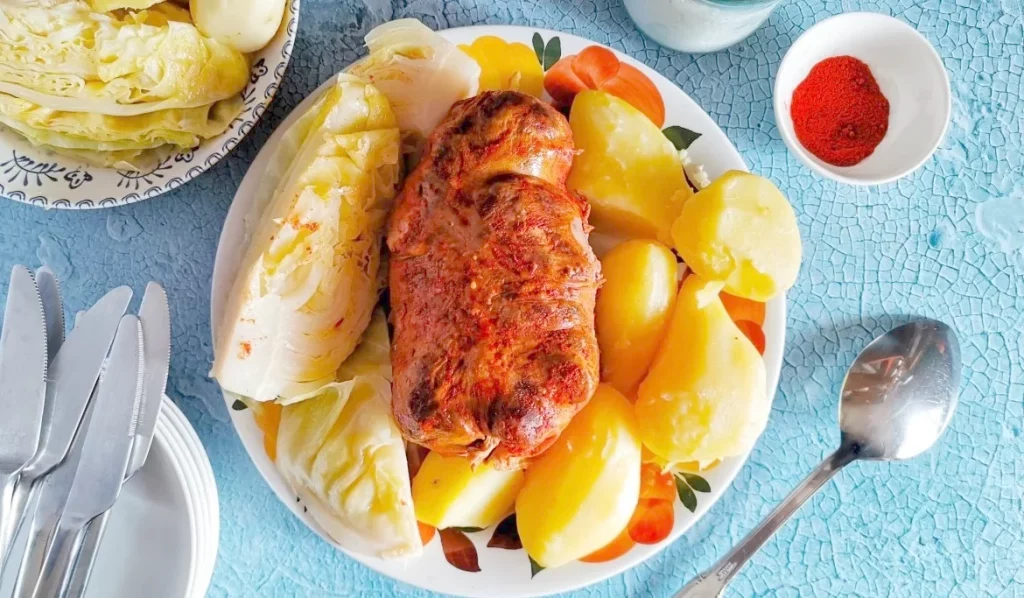If you’re planning a trip around Castile and León, two names stand out for their history, food, and monumental heritage: León and Burgos. Both are true gems of Spain’s northern plateau, but if you’re short on time, which one should you choose? This guide compares history, must-see sights, gastronomy, vibe, the Camino de Santiago, and transport to help you decide.

History & Heritage
León: Founded as a Roman camp (Legio VII Gemina), later capital of the Kingdom of León and the stage for the 1188 Cortes—the first parliament with citizen representation, recognised by UNESCO as the cradle of parliamentary democracy. Its walls, the Basilica of San Isidoro, and the Gothic Cathedral form a historic triangle spanning more than 2,000 years.
Burgos: Founded in the 9th century, capital of the Kingdom of Castile and a key centre during the Reconquista. Its UNESCO-listed Cathedral is the city’s great emblem, alongside Las Huelgas Monastery and the Carthusian Monastery of Miraflores. Burgos also plays a central role on the Route of El Cid.
Winner for history: Tie. León offers a broader sweep of eras (Roman, medieval, and modern), while Burgos dazzles with singular Gothic splendour and Castilian weight in history.
Must-See Monuments
León
- León Cathedral (Santa María de Regla): A Gothic jewel with spectacular stained glass.
- Basilica of San Isidoro: Romanesque art and the Royal Pantheon.
- Casa Botines: A Gaudí building in the heart of the city.
- San Marcos Convent: Former pilgrim hospital, now a Parador.
Burgos
- Burgos Cathedral: One of Europe’s finest, home to El Cid’s tomb.
- Arco de Santa María: Monumental city gate.
- Las Huelgas Monastery: A major Cistercian monument.
- Carthusian Monastery of Miraflores: A treasure of flamboyant Gothic.
Winner for monuments: Burgos, thanks to UNESCO status and the sheer scale of its Cathedral—though León shines for variety.
Food & Drink
León
- Cecina de León (PGI) and cured meats.
- León-style morcilla (typically milder than Burgos’).
- Free tapas with most drinks, especially in the Barrio Húmedo and Barrio Romántico.
- Classics like cocido maragato and La Bañeza beans.
Burgos
- Morcilla de Burgos (with rice).
- Fresh Burgos cheese.
- Roast suckling lamb (lechazo) as a star dish.
- A strong tradition of asadores and historic taverns.
Winner for gastronomy: León, for the free-tapas culture and breadth of local products.
Atmosphere & Urban Life
León: Livelier at night, boosted by a university crowd and tapas culture. Ideal for strolling a largely pedestrian old town.
Burgos: Calmer after dark, with a more laid-back character—its terraces and restaurants along the Arlanzón River are especially charming.
Winner for atmosphere: León, for nightlife and buzz.
Camino de Santiago
León: A key stop on the Camino Francés, with abundant pilgrim services and many Camino-related landmarks.
Burgos: Also an important stage, with the Cathedral as one of the route’s most photographed highlights.
Winner for the Camino: Draw.
Getting There & Getting Around
León: High-speed rail links (AVE) to Madrid (around 2 hours) and other cities, plus a domestic airport.
Burgos: Modern rail connections (though no direct AVE to Madrid), good roads, and a limited-use airport.
Winner for accessibility: León, for AVE service and broader air links.
Conclusion
If you’re after a more animated experience—with free tapas, a blend of history and modernism, and excellent transport connections—pick León.
If you prefer to focus on monumental showstoppers, quieter strolls, and the majesty of one of Spain’s most renowned cathedrals, choose Burgos.
Stay in the Heart of León
Make the most of your trip with a central, comfortable base so you can explore the city on foot and enjoy easy day trips across the province. León Apartamentos offers modern, well-equipped stays in strategic locations—perfect for discovering León at your own pace and hopping over to Burgos if you’re staying longer.

